How pastoral care turned one primary school around

After years of stagnation, St Mary Cray Primary has found a new lease of life – and at the heart of the transformation is a recognition of the value of pastoral care, as Jacob Stow explains…
- by Jacob Stow
- Former editor of Teach Early Years and Top School Trips magazines

The parents talked about this school being the worst in the borough,” says Adam Lowing, headteacher of St Mary Cray Primary Academy in Orpington. And perhaps they had a point.
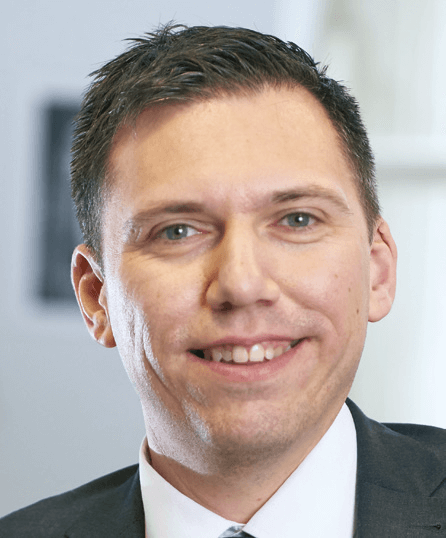 For at least 17 years, staff had struggled to sustain improvement, hauling themselves out of special measures and up to the relative safety of ‘requires improvement’, only to lose their grip, topple back into the mire, and do it all over again.
For at least 17 years, staff had struggled to sustain improvement, hauling themselves out of special measures and up to the relative safety of ‘requires improvement’, only to lose their grip, topple back into the mire, and do it all over again.
“The school hadn’t ever experienced academic achievement – at all key stages and subjects, attainment was significantly below expectations,” he says.
“If you looked at Bromley’s league tables, St Mary Cray would always be in the bottom two in all areas, for all ages. There were some very strong and amazing staff here… but children’s needs weren’t being met, and that was affecting achievement and behaviour.”
The issues behind St Mary Cray’s poor performance were wide-ranging – a respected head had been followed by a succession of leaders; for a term in 2013, both the senior leaders in post had been off on long-term sickness, leaving the school rudderless.
Recruitment had become a challenge, leading to a culture of long-term supply staff – which made responding to the high levels of special needs in the school even more of a challenge. Local authority support was minimal.
As matters spiralled out of control, school numbers dwindled, hitting a mere 89 in 2011. “People just stopped sending their children here,” Adam says, “and the reputation of the school became worse.”
There are 220 pupils at St Mary Cray today, and expansion to two-form entry is on the cards. Children’s outcomes are vastly improved, and the school’s new-found confidence is apparent in the fact it is now supporting others in need.
There’s still work to be done, but real change has occurred in a very short space of time.
The road to recovery
When St Mary Cray’s leadership hit the rocks in 2013, the local authority turned to nearby Hayes Primary School. “Jo Brinkley, the executive head at Hayes, had put her hand up to say they wanted to support others in the borough,” Adam – an assistant head at Hayes at the time – explains.
“For a time she went in as a consultant, then acting head, trying to steady the ship. But it became clear that to effect wholesale change, a permanent solution would be needed.”
It was decided that St Mary Cray would convert to academy status, joining a Multi Academy Trust with Hayes as a sponsor, and when the headteacher position was advertised, Adam applied for the role and got the job.
Even before he officially took up the post in September 2014, there was much work to do. “I had a half term of spending my mornings at Hayes and every afternoon here,” he says.
“There would be a series of things to deal with – weird and wonderful things that I was supposed to find a solution to, which wasn’t always easy. I spent a lot of time speaking to parents, governors and staff, and understanding where the school was at and how people viewed themselves.
‘And while all that was going on, I was recruiting. There was a big turnover of staff – about 50 per cent. Come September, we had 18 new people on board.”
Overcoming the recruitment challenges that had plagued St Mary Cray called for some creative solutions. Former colleagues and contacts excited by the challenge of transforming a struggling school were called upon; staff were shuffled between year groups – not always without resistance:
“The first time I told her about the move she burst out laughing. Then she realised I was being serious…” – to make best use of the strongest teachers; a former secondary head of ICT, Jo Roberts, joined the team without any primary training…
“Jo was someone who tied into the vision of what we wanted to achieve at St Mary Cray,” Adam explains.
“I’m a firm believer in that if someone has the right values, and the right abilities, you can teach them skills and give them knowledge. That’s not a cryptic way of saying ‘We need to save money by recruiting more NQTs’ – we don’t have any this year – but that values are really important at our school. You need to buy into them.”
The hard work that went into establishing strong foundations at St Mary Cray are paying off: “Touch wood, we’re into our second year and we’ve retained staff. We’re a very stable workforce now,” Adam tells us.
But overhauling the teaching staff was only the first step.
Behavioural issues
“There were children here with deep and complex needs that required skill sets – not only in terms of daily support, but also holistic provision – that a mainstream school would struggle to provide,” Adam says, summing up one of the greatest barriers to improvement at St Mary Cray.
The solution has revolved around the employment of pastoral support manager, Sue Byron, considerable investment and a willingness to take tough decisions.
“I first met Sue in the June of my handover to headship,” Adam says. “She was the behaviour service primary manager for Bromley – looking at that aspect of special needs that manifests itself in challenging behaviour, and she did a behaviour audit at the school.
‘She warned me that I had children with high levels of need, and that I would need to do something big. She suggested putting a nurture provision in place. I said that would be lovely – we’d do that in maybe year two or three. I didn’t think we’d need it there and then.
“My first week was perfect – a honeymoon period in which everybody behaved beautifully. Easy. In week two there was a behaviour incident of the like I’d never seen before. Jo suggested I give Sue Byron a call: ‘Hi Sue. This has happened. Help me. What should I do? Talk me through it.’
‘And then the phone calls became more and more regular. She would come out and do pastoral support work – carry out an assessment, talk to the parents, child and school. She’d put a support plan in place with things for us to do day in, day out, using multiple agencies. The support was incredible.
“Every time Sue visited the school, I’d say to the executive head, ‘Can we get her here?’ Then the local authority made the decision to completely reshape its behaviour team, and we offered Sue a job.
‘She had spent her life working in and around this area, and had started to fall in love with the school – or at least the children – so she accepted the position.
‘We had to be creative with our budget, and have to offer Sue’s expertise as an outreach service to other schools to help balance the books – we now have eight paying for her support.
Support and challenge
With expert pastoral support embedded within the school, it was possible to begin implementing solutions to bad behaviour blighting St Mary Cray. A first, pragmatic step was to strengthen the school’s behaviour policy, to which was added the ultimate sanction: exclusion.
“There have been a number of exclusions,” Adam admits, “and I’d seen very few in my career previously.
‘Sue is a huge advocate of the ‘support and challenge’ mantra, and challenge is about consistency and boundaries. You put the child at the centre of what you’re doing all the time – until you reach the point that it becomes detrimental to the school and the other children. Then you have to explore the possibility of exclusion.
‘Any child that has moved on so far has gone on to special education and is now having their needs met, and is doing well in those settings.”
Of course, the ideal state of affairs is to avoid the need for exclusions altogether – to do that, early intervention and support are essential, and for St Mary Cray delivering both is an ongoing focus.
“We’ve made huge gains,” Adam says. “Our nurture provision has been a big step forward. We spent a lot of money developing a nurture room last summer – we converted what used to be the ICT suite and put in a kitchen and a sofa, tried to make it as homely as we can.
“It caters just for SEMH children. We use it to accelerate progress in behaviour, to accelerate progress in learning – and the measure for both of those things is not so much how they do in the nurture room, but how they do in their home classrooms – and for assessment.
‘The idea is that it’s a long-term intervention – two to four terms. We’ve just had our first two graduates, a Year 6 girl and and a Year 5 boy. They’ve had 15 months of this and have made huge strides forward, and are now back in the classroom full time.
‘They still have needs, but 15 months ago these children were at risk of permanent exclusion, and that’s no longer the case.”
Securing progress
While changing children’s behaviour has been vital, instilling high expectations, a focus on achievement and self-belief throughout the staff team has remained a key focus for Adam.
If recent SATs results, the school’s own in-year data and the outcome of a recent review by Challenge Partners is to be believed, it’s a strategy that’s working – though Adam freely admits that maintaining the rate of improvement is an ongoing challenge. But there is now clearly a will, and a way.
“In the first week of my taking over as head we had two days on INSET where I established the St Mary Cray way of teaching and learning,” Adam says.
“The big message I had was that, as of that day, we were a good school and we would hold ourselves to account. The plan was always that we’d go from a 4 to a 3 in the first year, but things went better than I expected. At the end of the year everything looked like a 2, though I was quite reticent to accept this.
‘As it happened, when Challenge Partners came in November we put ourselves forward as a 2, but very quickly in the process the dialogue changed to, ‘You’re clearly ‘good’. Now let’s see if you’re ‘outstanding’ – though we don’t think you are.’
“We’ve still got a long way to go, but what Challenge Partners has done, 15 months on from when we started, is to give me the leverage to say, ‘You know what, it says we’re a good school – so now we have to tell ourselves that we’re an outstanding school’.
‘We think like an outstanding school and we do what outstanding schools do. It shifts the whole mindset and give the school a sense of pride.
“We’ve got another big jump to make it to outstanding, but we’re confident of doing it quickly; there’s every chance we’ll make it by the end of this year.”
Earlier intervention
The pastoral team at St Mary Cray have delivered dramatic improvements in children’s behaviour, but the ambition is to expand to support children outside the school’s immediate environs, to start the process of early intervention even earlier.
“Alongside Sue, we now have two more nurture leaders – one in KS1 and another in KS2 – both of whom have come from PRUs,” Adam tells us.
“They’ve got a lot of experience of working with children with high SEMH. We want to develop the role of one of the ladies in particular, Tina, so that her focus is outreach.
‘We’d like her to work alongside local nurseries. They do a good job already, but can we use our resources to help them do an even better job, to pick up needs earlier?
‘It’s about how we can support and challenge those providers using our expertise so children are coming to our school with assessment and intervention in place already, rather than us reacting when they reach Reception.”
Meet the staff
Rachel Haig, assistant head
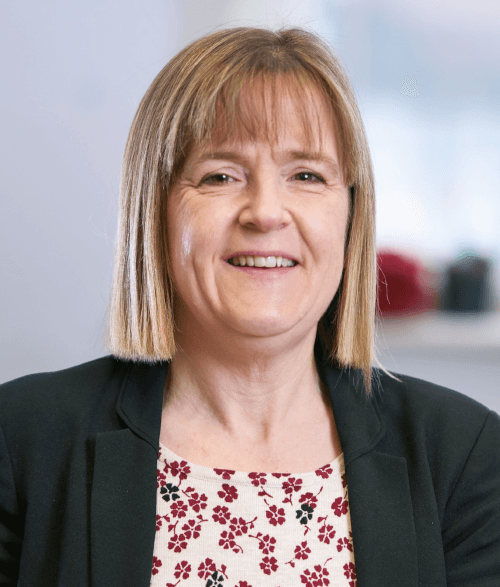 “Teachers are much clearer now. Before they had the national curriculum and were left to get on with it. Now we’ve got structures in place. We use the Power of Reading, from CLPE, and Assertive Mentoring – a maths assessment tool that clearly identifies gaps in learning. Teachers then plan their lessons around filling those gaps.”
“Teachers are much clearer now. Before they had the national curriculum and were left to get on with it. Now we’ve got structures in place. We use the Power of Reading, from CLPE, and Assertive Mentoring – a maths assessment tool that clearly identifies gaps in learning. Teachers then plan their lessons around filling those gaps.”
Sue Byron, pastoral support manager
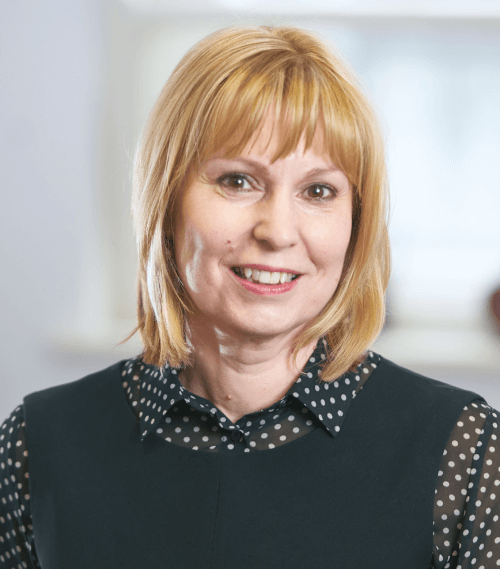 “There’s no limit to how we can expand our service. We need a team of teachers going out there. We need behaviour support assistants who can go out to schools and model how to work with children whose behaviour is challenging. It’s all very well telling someone how to do something, but schools need to be shown how to do it.”
“There’s no limit to how we can expand our service. We need a team of teachers going out there. We need behaviour support assistants who can go out to schools and model how to work with children whose behaviour is challenging. It’s all very well telling someone how to do something, but schools need to be shown how to do it.”
Jo Roberts, Year 3 teacher
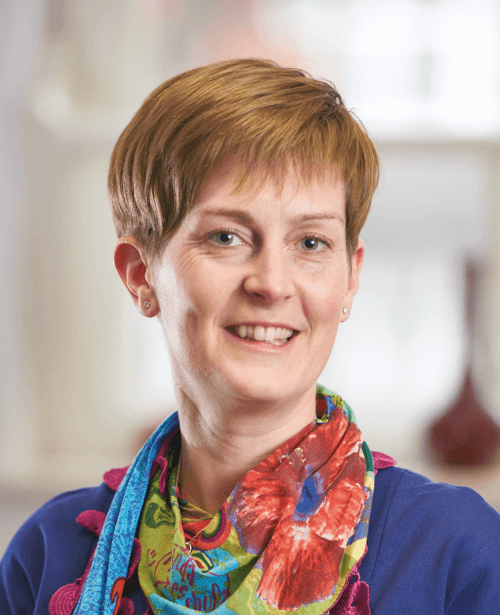 “Invariably, computing is something children do better than us. It’s something they’re not scared of. All their barriers to learning that come up when you ask them to write down the five times tables aren’t there when you give them an iPad. Their learning behaviour changes completed. It gives different children a chance to shine, which is what I like.”
“Invariably, computing is something children do better than us. It’s something they’re not scared of. All their barriers to learning that come up when you ask them to write down the five times tables aren’t there when you give them an iPad. Their learning behaviour changes completed. It gives different children a chance to shine, which is what I like.”
Tina King, KS1 nurture leader
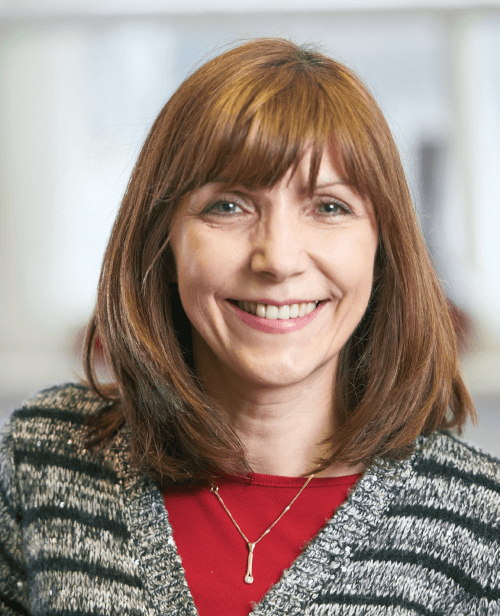 “A lot of children would struggle without the nurture group. These are children who have missed out on a lot of the early developmental stages because of a whole raft of reasons. If children miss out on that part of their development, then they can’t move on to the next stage and access learning.”
“A lot of children would struggle without the nurture group. These are children who have missed out on a lot of the early developmental stages because of a whole raft of reasons. If children miss out on that part of their development, then they can’t move on to the next stage and access learning.”
Pupil voice
Ellen
 ‘A digital leader is someone who helps with technology at the school. We have leaders for English, maths, science, PE, AfL and school council. I wanted to become a digital leader because I thought I might improve school technology.’
‘A digital leader is someone who helps with technology at the school. We have leaders for English, maths, science, PE, AfL and school council. I wanted to become a digital leader because I thought I might improve school technology.’
Holly
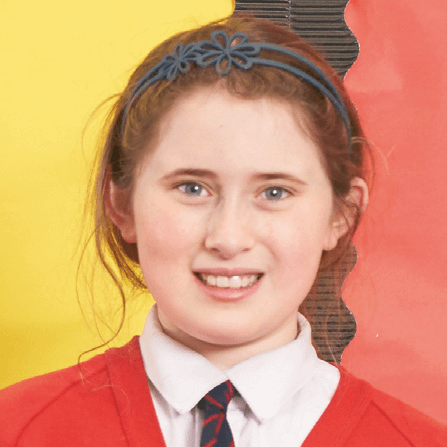 At the start of the year we all made a speech in front of the class about why we wanted to become a digital leader, and then everybody voted. Quite a few people made a speech, but only two people were chosen.
At the start of the year we all made a speech in front of the class about why we wanted to become a digital leader, and then everybody voted. Quite a few people made a speech, but only two people were chosen.
Habiba
 We’ve been using App Maker for two weeks. If you’re stuck for an idea, they’ve got a selection of ideas you can choose from. You choose one and then add facts and quizzes. I come from Egypt so I made an Egyptian-themed project.
We’ve been using App Maker for two weeks. If you’re stuck for an idea, they’ve got a selection of ideas you can choose from. You choose one and then add facts and quizzes. I come from Egypt so I made an Egyptian-themed project.
Beatrice
 Last year we had to code games that would be appropriate for all children in the school. There was a club, and we had to build robots and then code them to move around. We used Flowol.
Last year we had to code games that would be appropriate for all children in the school. There was a club, and we had to build robots and then code them to move around. We used Flowol.










